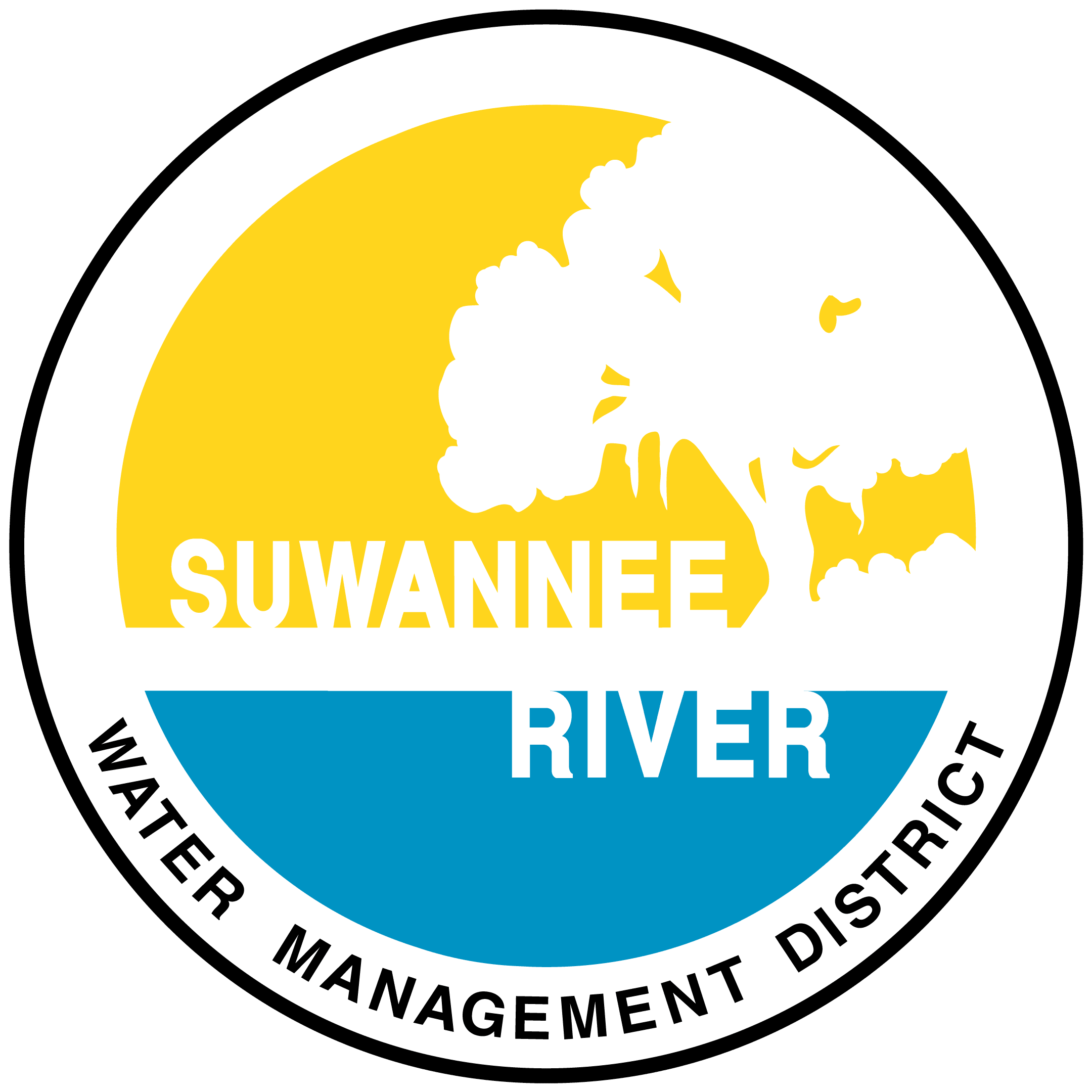Recreation
Visitors may enjoy biking, hiking, and wildlife viewing on administrative roads. Fishing is allowed at the Bell Springs tract. The Florida National Scenic Trail traverses Bell Springs along the river.
Bell Springs is the first springs on the Suwannee River. The spring’s discharge flows from a small vent and meanders approximately one-quarter mile to the Suwannee River. Bell Springs is one of three springs north of White Sulphur Springs and is the northern most spring on the river.
The Bell Springs spring run was dammed between 1960 and 1962 creating two ponds. The District purchased the 44-acre tract in 2007 with the goal of restoring Bell Springs and its spring run. The District partnered with the Florida Fish and Wildlife Conservation Commission in 2013 to begin restoration on Bell Springs. The project consisted of draining the ponds, removing the dams, controlling erosion, revegetating both sides of the spring run and allowing the spring run to flow freely from its source. The project was completed in 2014.
HIKING AT BELL SPRINGS
Bell Springs Trailhead to Big Shoals – The orange-blazed trail begins at the Bell Springs trailhead, crosses the Bell Springs run and meanders 1.75 miles upriver to Big Shoals. The trail continues as part of the Florida National Scenic Trail (FNST) eastward and south to Big Cypress in the Everglades. On its journey upriver, the trail crosses several seeps and weaves through saw palmettos and dwarf live oaks before intersecting with Robinson Branch. Hikers pass by a small waterfall while heading upstream to a creek crossing that has a small bridge. The trail turns back to the river providing scenic views as it winds toward Big Shoals. When water levels are between 59 and 61 feet above mean sea level, the shoals elevate to a class III whitewater designation.
Bell Springs Trailhead to Stephen Foster Folk Cultural Center State Park – This 8.5-mile section of the orange-blazed Florida National Scenic Trail (FNST) meanders along the Suwannee River. If hikers prefer to divide the 8.5 mile into smaller segments, there are two trailheads along the way, Little Shoals Trailhead and Suwannee River Wayside Park Trailhead.
The 3.5-mile hike from Bell Springs Trailhead to Little Shoals Trailhead crosses private property for a short distance, then meanders through scrubby oaks, saw palmettos, and pines on the District-owned Falling Creek tract along the banks of the Suwannee River to Waldron’s Landing at Falling Creek. After crossing the creek and climbing up the steep creek bank, the trail extends 1.25 miles through mixed hardwoods and pines along the highest bluffs overlooking the river to Little Shoals Trailhead located on the District owned Little Shoals tract.
From Little Shoals Trailhead, hikers can travel 1.5 miles to the Suwannee River Wayside Park Trailhead. This trail follows the Suwannee River from Little Shoals Trailhead to the US 41 bridge. Hikers will need to cross the US 41 bridge and turn left into the Suwannee River Wayside Park Trailhead.
From Suwannee River Wayside Park Trailhead, hikers will enter the District-owned White Springs tract. The 3.5-mile trail passes through scrubby oaks, saw palmetto, and pines along the Suwannee River. It exits the White Springs tract at the Adams Memorial Circle Trailhead. From there, hikers have an opportunity to road walk through Historic Downtown White Springs to Stephen Foster Cultural Center State Park. On the White Springs tract, hikers share the trail with bicycles.
Access
Bell Springs Tract from White Springs:
Travel south on US 41 to CR 246 (Lassie Black Street NW) turn left and travel north to Morrell Drive NW turn left and follow to the cul-de-sac. Go through the cul-de-sac and gate and the parking area is at the end of the road.
